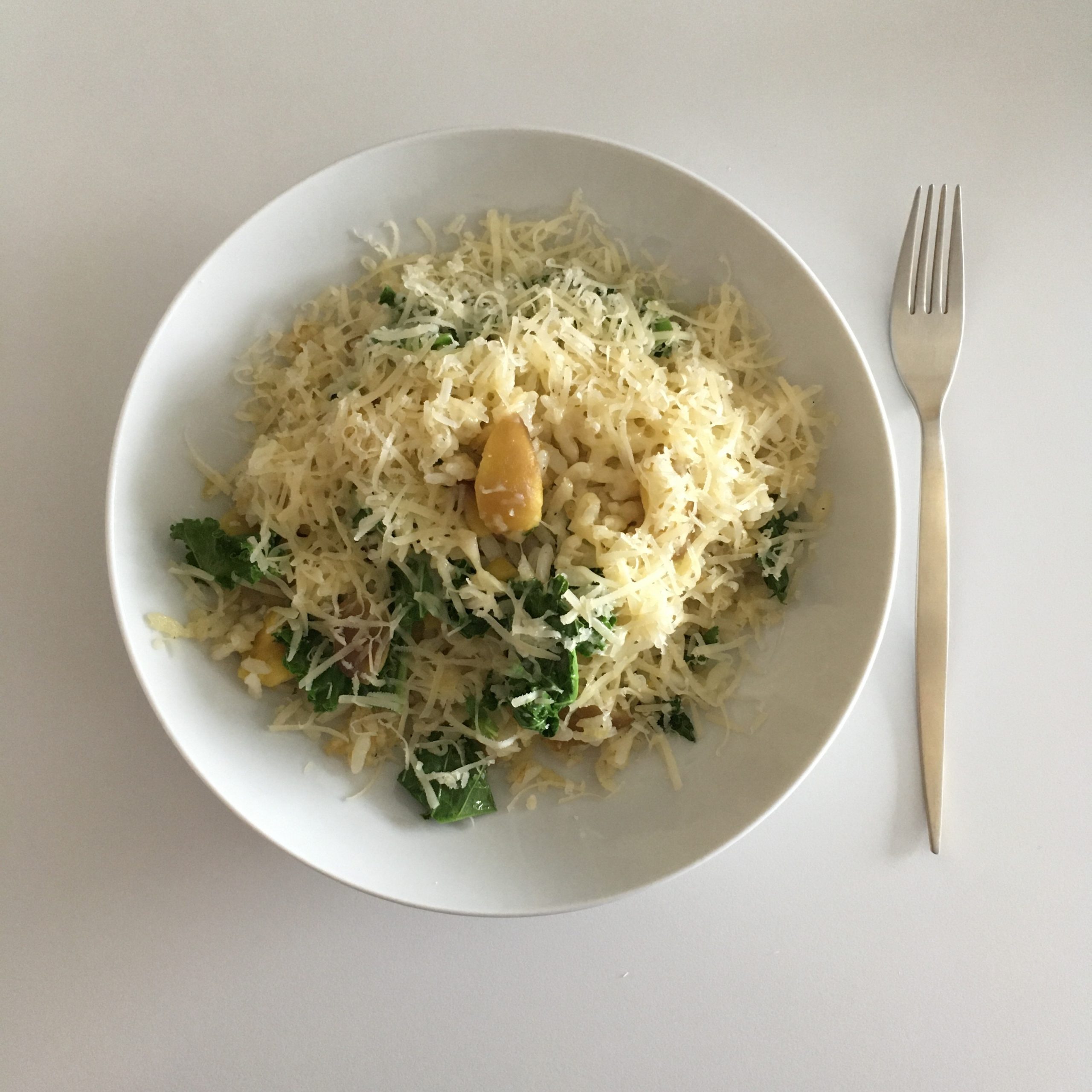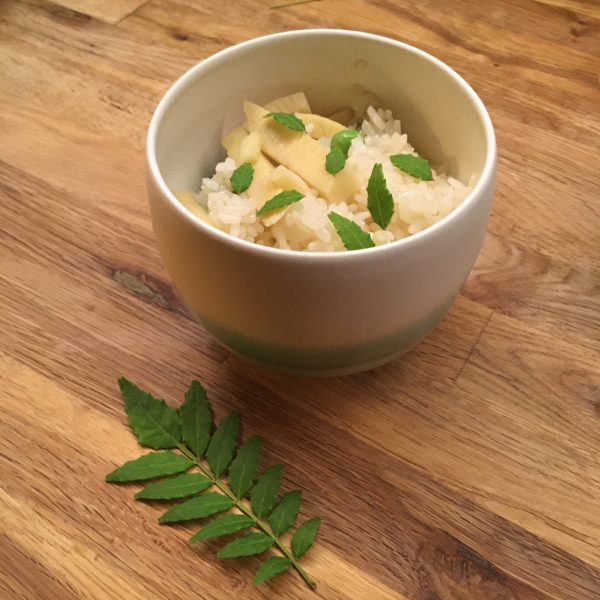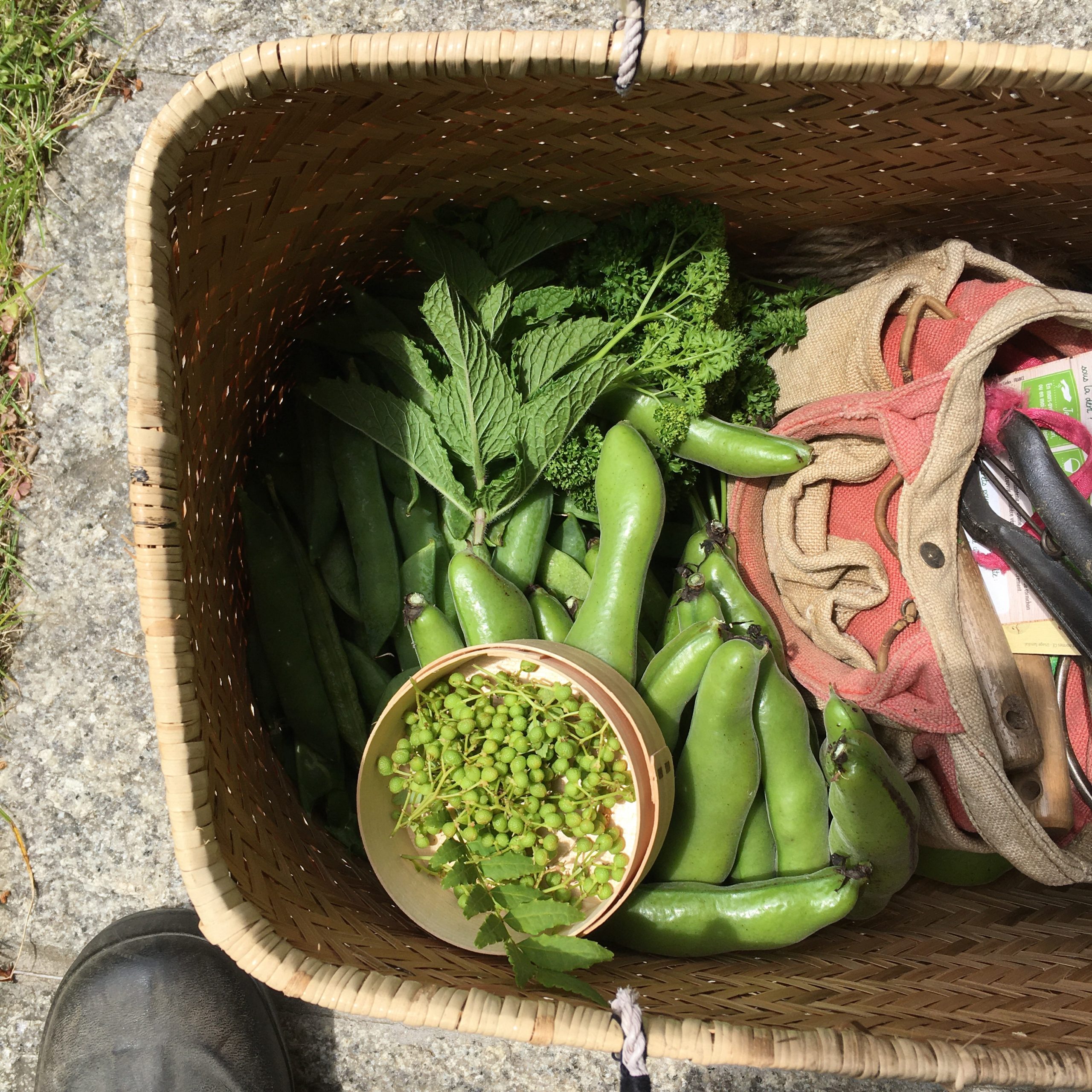I love the Japanese name for peanuts: 落花生, it fits so well the way peanuts actually grow! But before living in Japan I never really considered peanuts as a food or a cooking ingredient. I am not into peanut butter either. But when a friend told me why they were called 落花生 and how they grow, I got intrigued, and even more, knowing that Chiba is famous for its peanuts!
So I decided to grow some in the garden, and see by myself how they grow. Loved it! And so cooking peanuts needed to start. Of course salted boiled is my way to go, but instead of just eating them as snack, today I got creative and came up with a new super simple recipe, that was also super delicious.
Stuffed eggplants (1 serving)
- 3 small eggplant or one large
- 100g of cottage cheese
- 80g of boiled peanuts
- Salt and pepper
Wash the eggplants, cut in two in the long edge and grill until soft.
Shell the peanuts and chop roughly with a knife, stir in with the cottage cheese.
Spread the mix on the eggplants. Grill again for a few minutes until it starts getting golden. Serve, top with salt and pepper. Enjoy!!

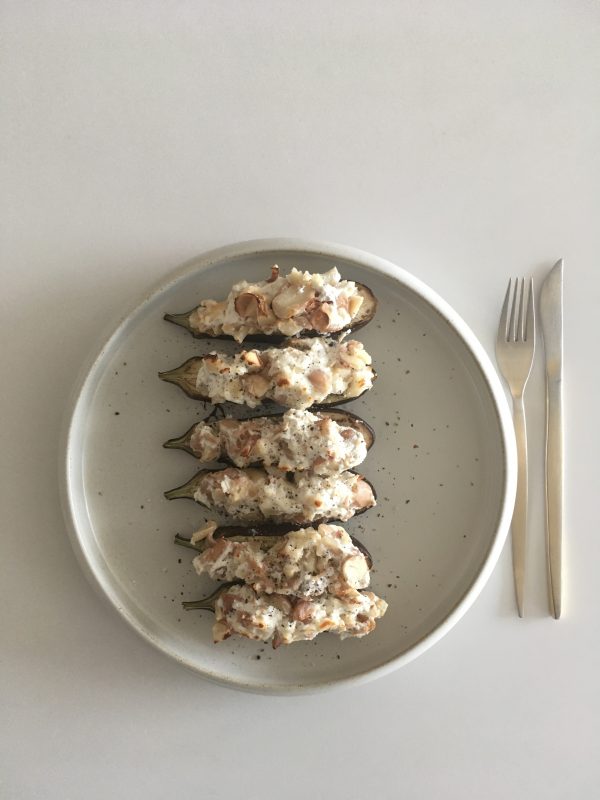
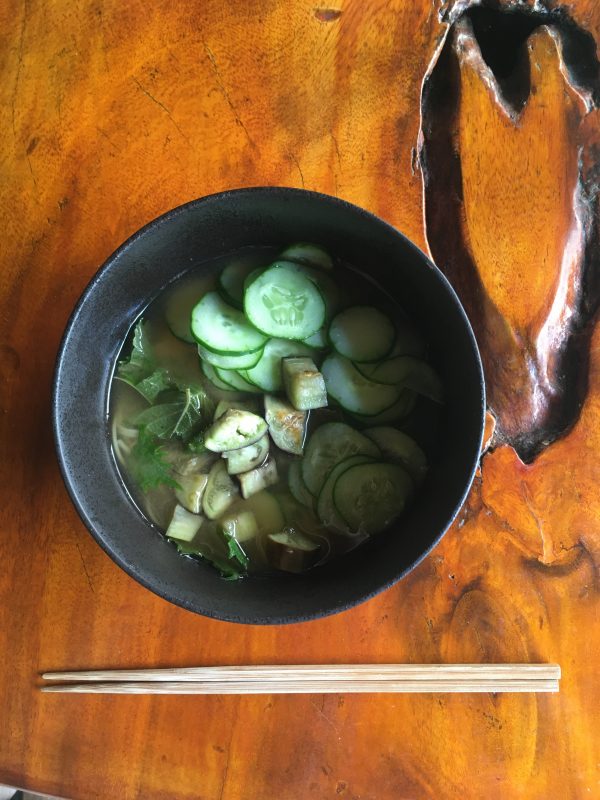
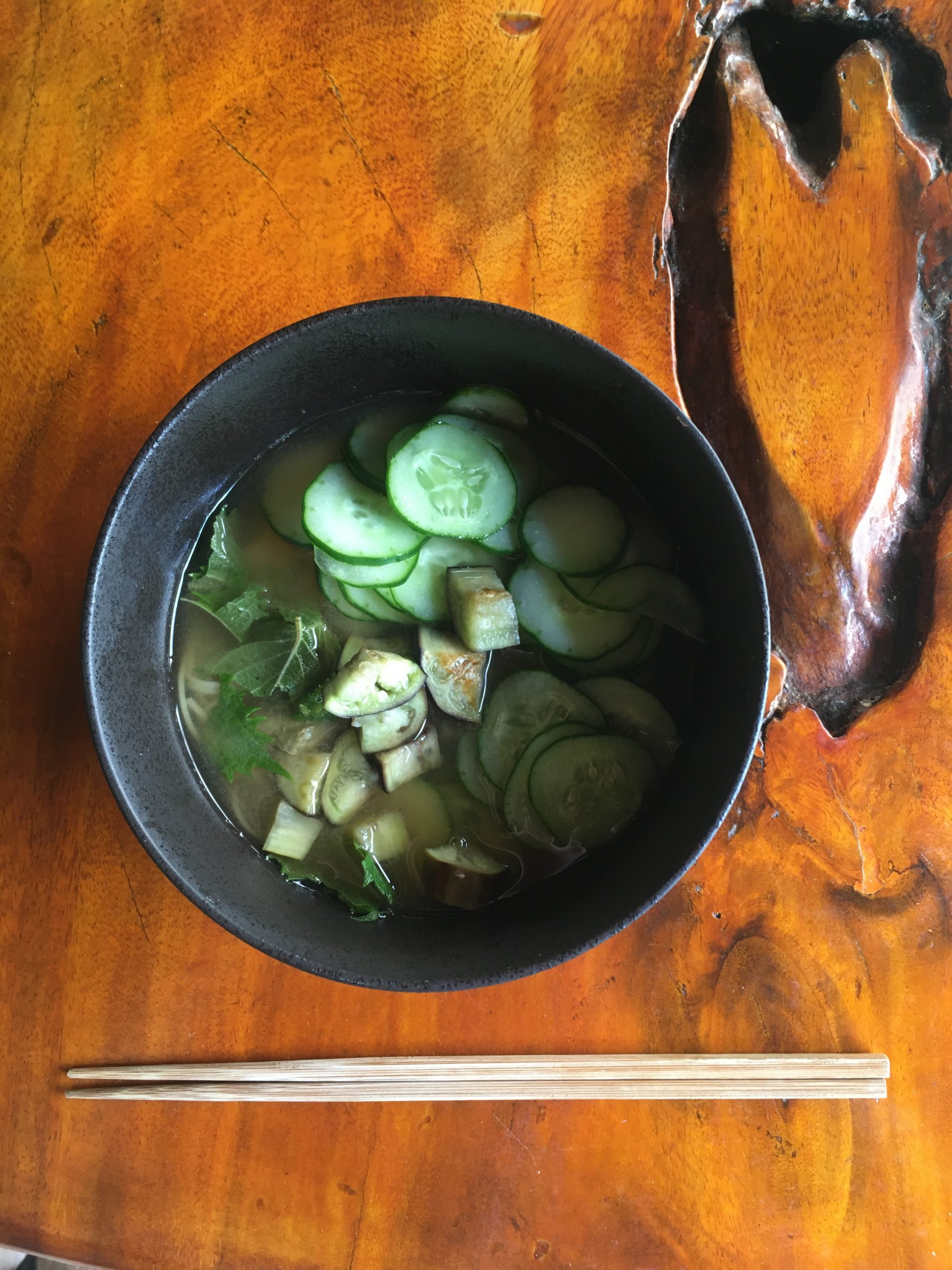
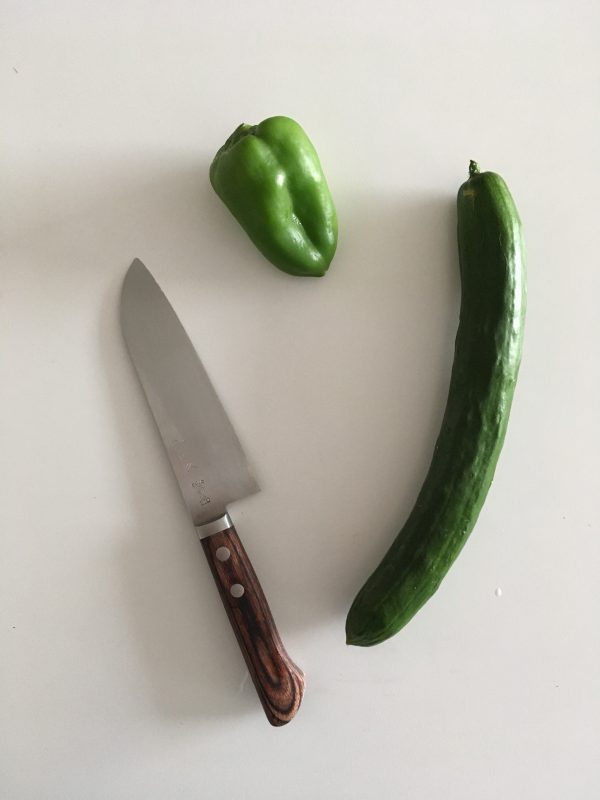
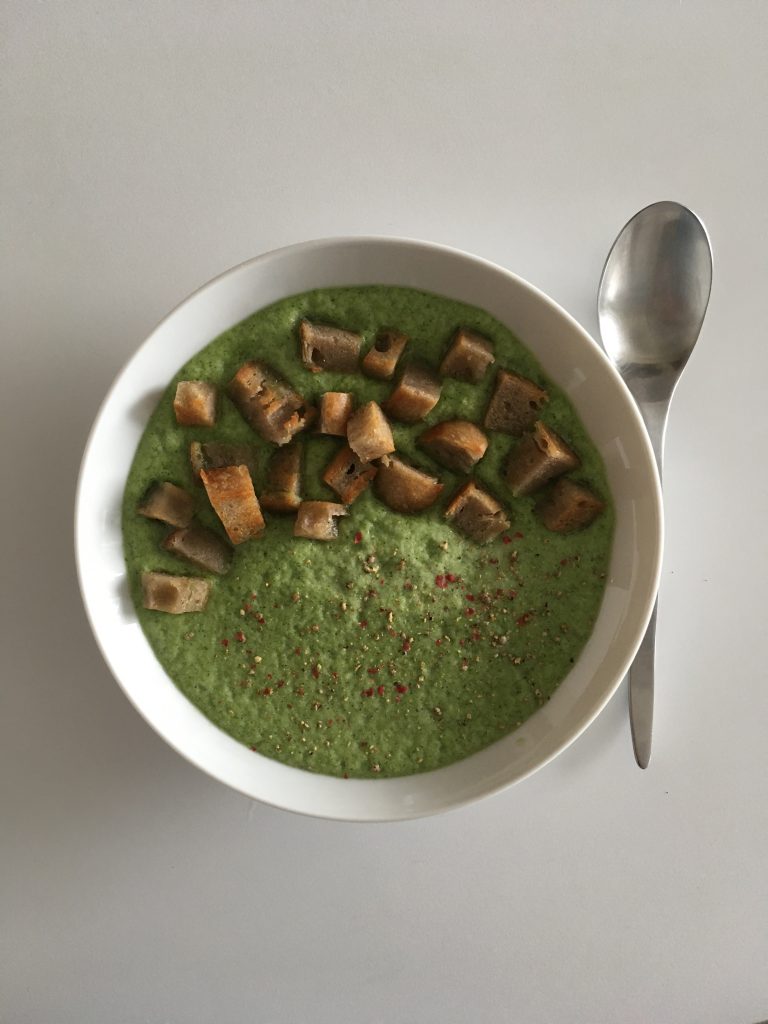
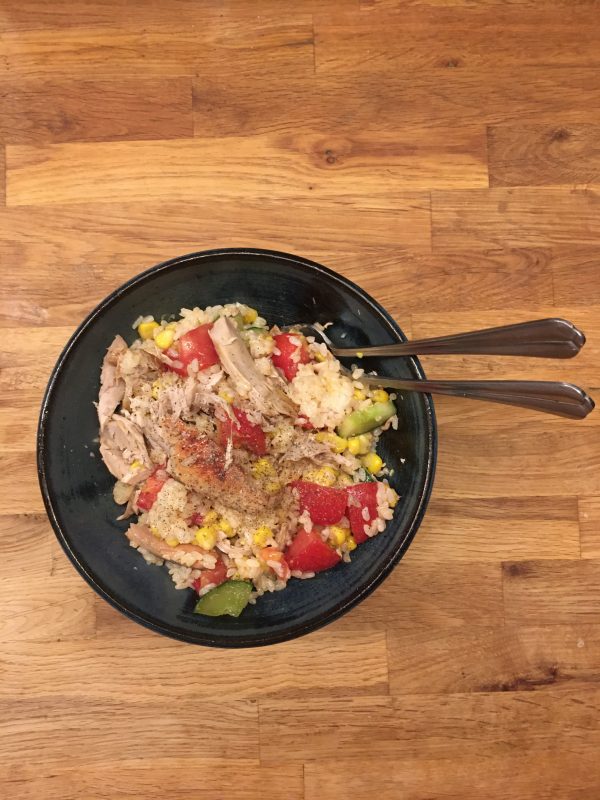
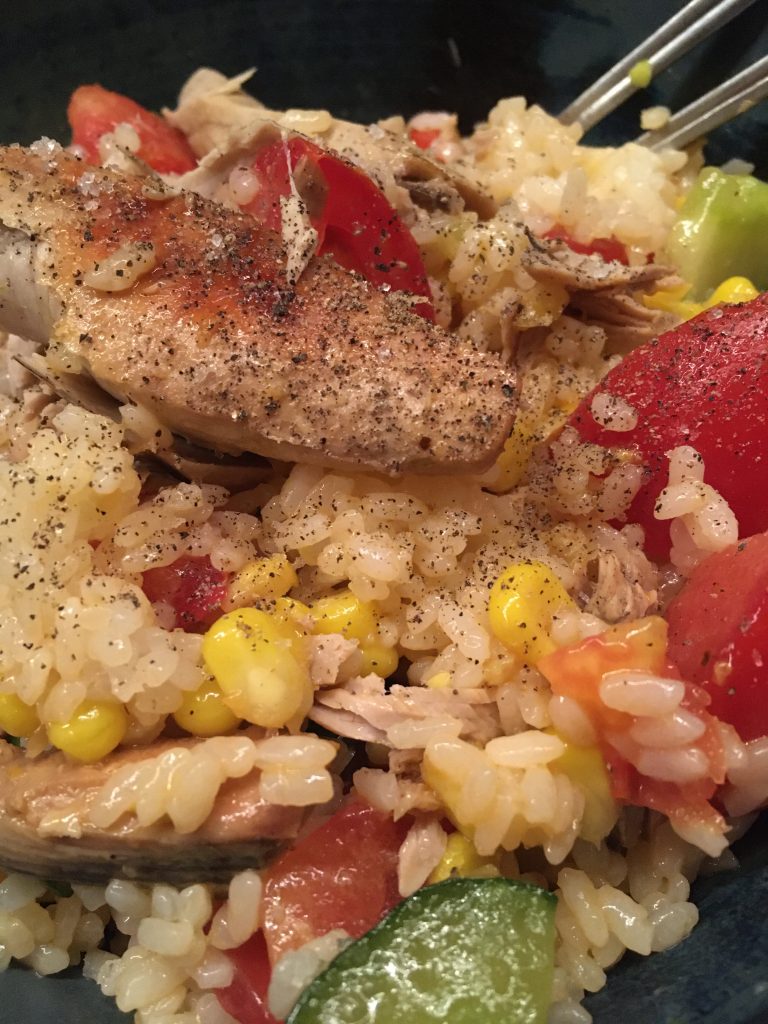
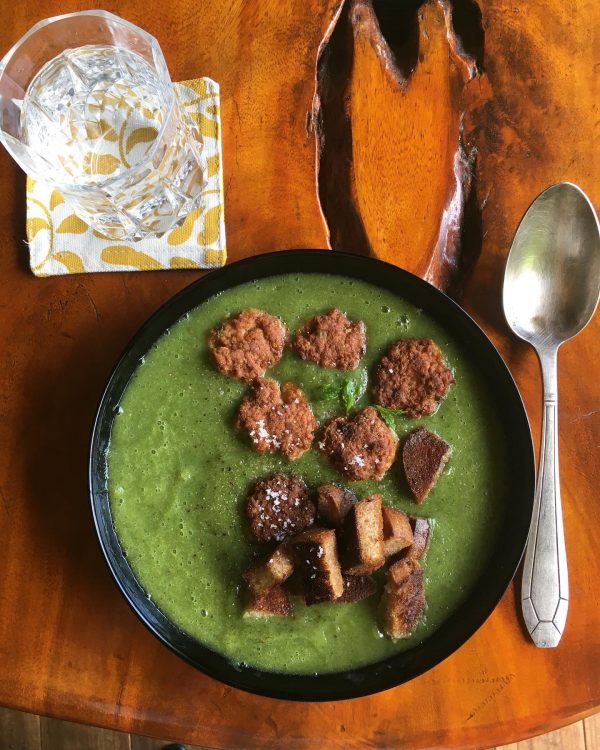

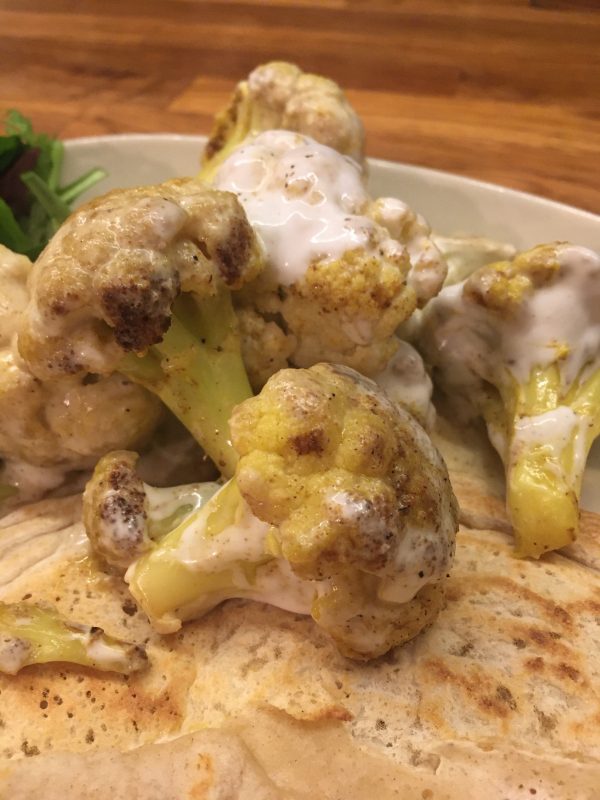
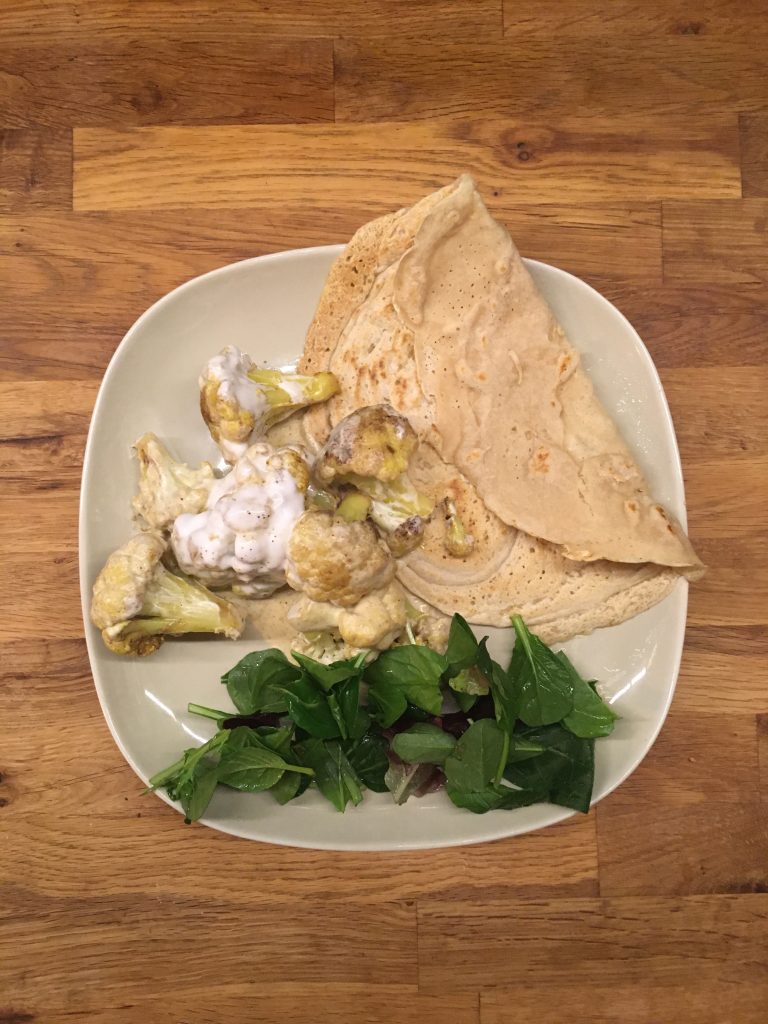
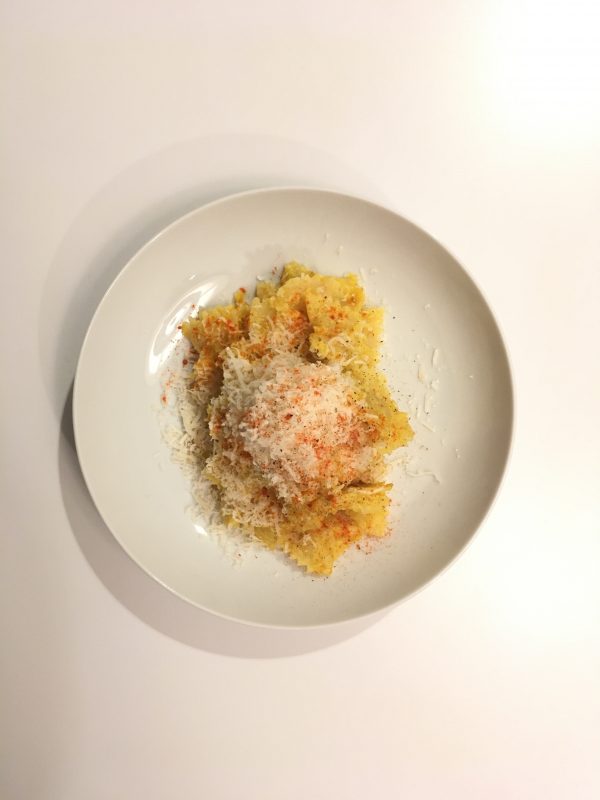
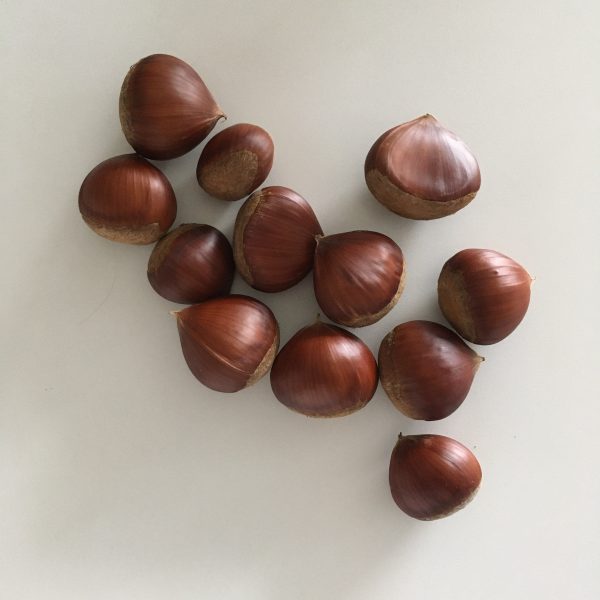
 …. Basically the same amount as usual… just enough for one or two meals.
…. Basically the same amount as usual… just enough for one or two meals.